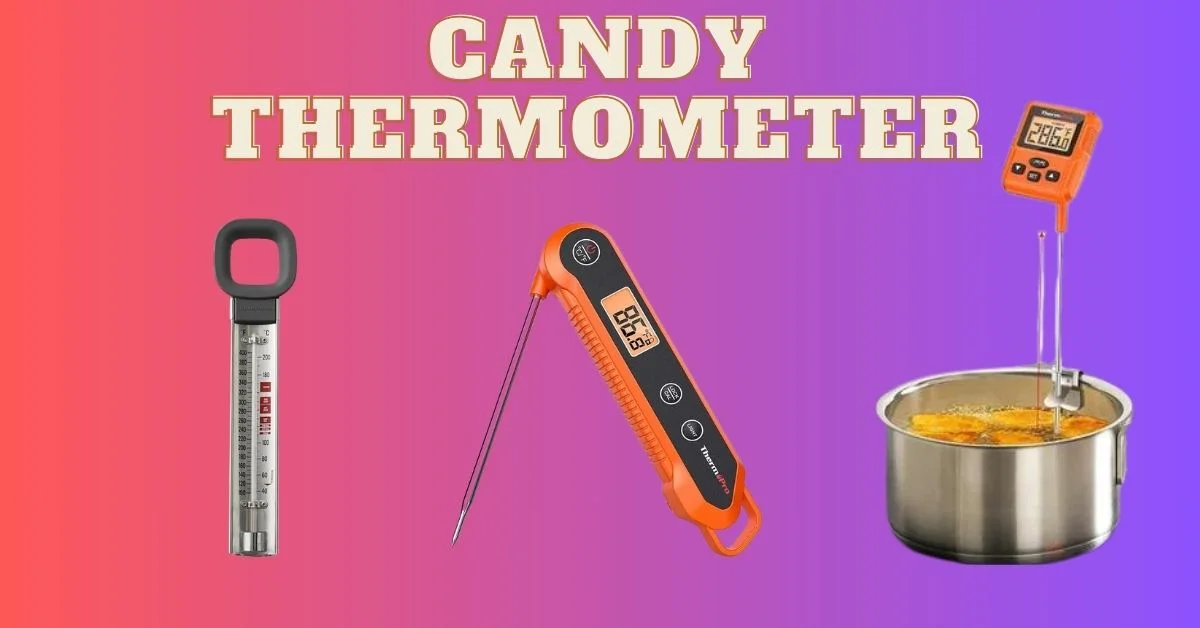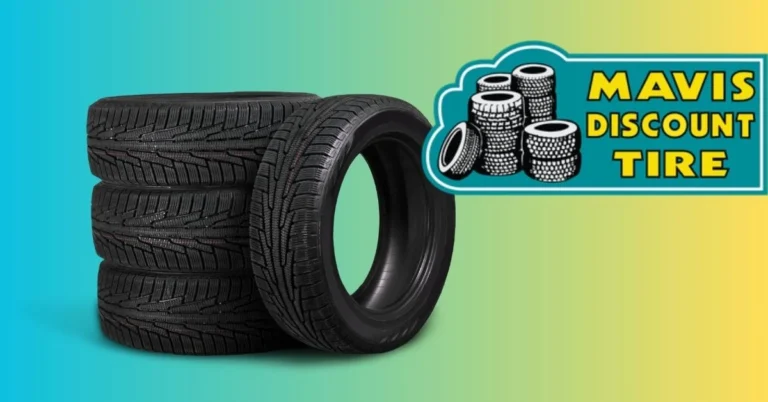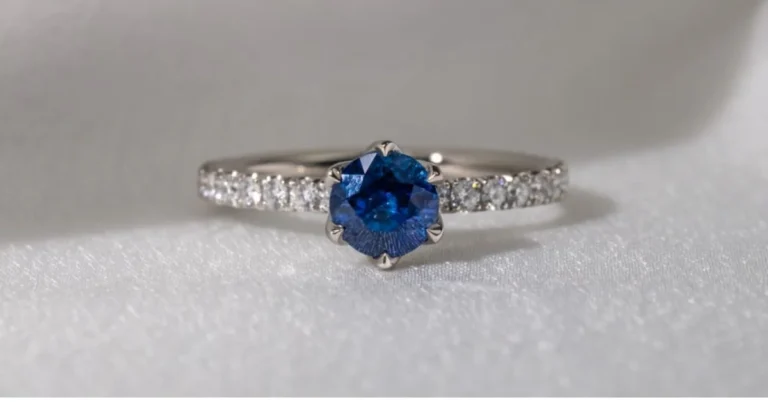The Ultimate Guide to Choosing the Perfect Candy Thermometer
There are so many candy thermometers on the market today that it can be hard to choose the right one. Every type of thermometer, from old-fashioned manual ones to newer digital ones, has its own features and benefits. This guide will tell you about all the different kinds of candy thermometers, their pros and cons, and give you expert advice to help you make a smart choice.
Understanding Candy Thermometers
To get the right consistency and structure when making candy, you have to carefully control the temperature. If you want to know how hot sugar solutions are while they’re cooking, you can use a candy thermometer, which is also called a sugar thermometer or jam thermometer. Candy thermometers can read higher temperatures than meat thermometers, usually up to 400°F or more. This makes them perfect for making candy and deep-frying.
Analog vs. Digital Thermometers
Whether to get a traditional or digital candy thermometer is one of the most important things to think about when shopping for one.
- Analog Thermometers: The standard thermometers have a stainless steel base with a glass tube inside that is filled with mercury or alcohol. A scale written on the thermometer tells you what the temperature is. A lot of analogue thermometers have marks that show the different stages of sugar, which can be useful when making candy. They may take longer to give readings, though, and the accuracy can vary.
- Digital Thermometers: Digital candy thermometers give accurate and quick readings of the temperature right away. Usually, they have a computer screen that shows the temperature in seconds. A lot of digital types have extra features like timers, backlighting, programmable settings, and long probes that make them more useful and flexible.
Handheld vs. Clip-on Thermometers
You should also think about whether you need a thermometer that you can hold in your hand or one that you can attach to the side of a pot.
- Handheld Thermometers: Handheld candy thermometers are instant-read devices that give you a correct temperature reading right away. They are useful for quick measurements, but they might not work for recipes that need accurate temperature ranges for long periods.
- Clip-on Thermometers: Heavy-duty metal clamps or pins on clip-on candy thermometers hold the temperature to the side of a pot or pan. They let you check the temperature without using your hands while cooking and are perfect for recipes that need to keep the temperature stable over time.
Expert Recommendations
After thorough research and consultation with experts, we’ve identified some top picks for candy thermometers:
- ThermoPro TP03H Digital Instant Read Thermometer: This top pick offers fast and accurate temperature readings, making it suitable for both meat and candy. Its stainless-steel probe and waterproof design ensure durability and easy cleanup.
- CDN Digital Candy/Deep Fry Programmable Thermometer: Equipped with pre-programmed settings for candy stages and deep frying, this thermometer provides speedy and accurate results. Its dual display and temperature guide make it versatile for various cooking applications.
- Taylor Candy & Deep Fry Stainless Steel Paddle Thermometer: A sturdy and reliable option, this thermometer is suitable for making fried chicken and fudge. Its analogue design provides a classic feel, though reading the temperature accurately through the glass may be challenging.
- Williams Sonoma Easy-Read Candy Thermometer: Featuring large numbers and sugar stage markings, this thermometer offers ease of reading and an adjustable pot clip for secure attachment. Its analogue design combines simplicity with functionality.
- Taylor Adjustable Head Digital Candy Thermometer: With a unique combination of digital display and pot clip, this thermometer offers versatility and accuracy. Its long probe and swivelling display enhance usability, though the clip may be flimsy.
Choosing the Right Candy Thermometer
When selecting a candy thermometer, consider the temperature range, type (analogue or digital), and whether you need a handheld or clip-on design. Look for features that suit your specific cooking needs and preferences, such as programmable settings, readability, and durability.
With the right candy thermometer by your side, you’ll be well-equipped to tackle any candy-making recipe with confidence and precision.
Conclusion
Choosing the perfect candy thermometer is essential for successful candy-making, and understanding the different types and features available is crucial. Whether you opt for a traditional analogue thermometer or a modern digital one, selecting a thermometer that meets your specific needs and preferences is key. With the right candy thermometer in hand, you’ll have the confidence to tackle any candy-making recipe with precision and ease.
Read more:bloggershub.org
FAQs
What is a candy thermometer used for?
A candy thermometer is used to measure the temperature of cooking sugar solutions, ensuring precise temperature control for candy-making and deep-frying.
What are the main types of candy thermometers?
The main types of candy thermometers include analogue thermometers, which provide readings through a glass tube filled with mercury or alcohol, and digital thermometers, which offer instant temperature readings on a digital display.
What features should I look for in a candy thermometer?
When choosing a candy-thermometer, consider factors such as temperature range, readability, durability, and additional features like programmable settings and clip-on attachments.
Can candy-thermometers be used for other types of cooking?
While candy-thermometers are primarily designed for candy making, they can also be used for tasks such as deep-frying and monitoring meat temperatures.
How do I clean and maintain a candy-thermometer?
Candy-thermometers should be cleaned with warm, soapy water after each use and dried thoroughly. Avoid submerging digital thermometers in water and handle all thermometers with care to ensure longevity.







